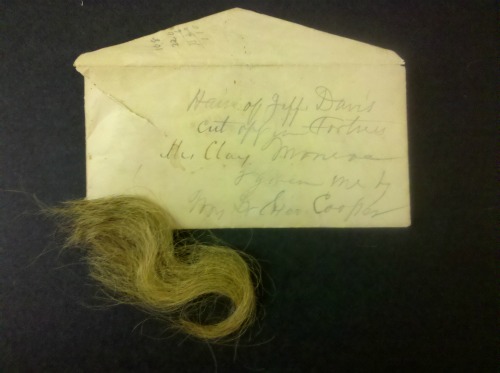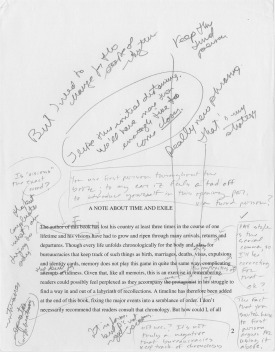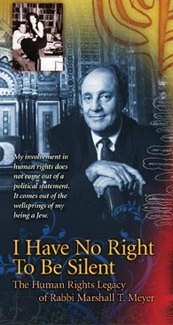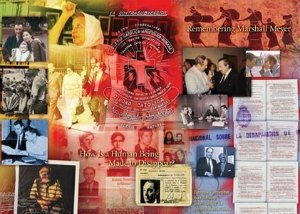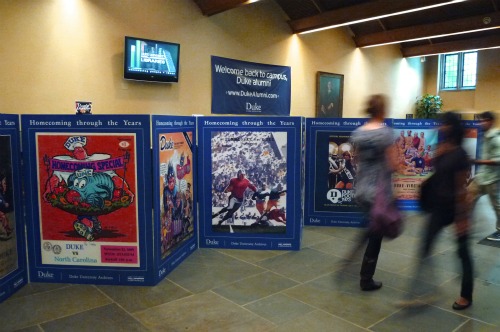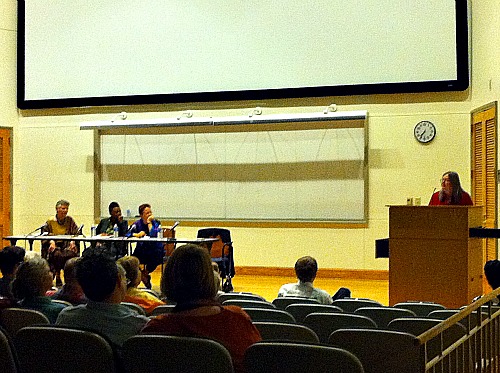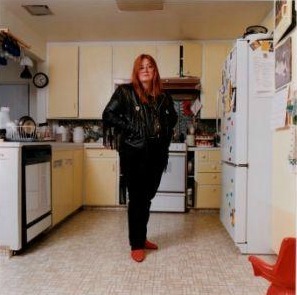Date: Saturday, October 15, 2011
Time: 1:00-4:00 PM
Location: First floor auditorium, North Carolina State Archives (maps and parking information)
Contact Information: Kirston Johnson, 919-681-7963 or kirston.johnson(at)duke.edu
What hidden treasures lie in those old home movies that you have in the closet? Come to the Triangle Home Movie Day and find out the value of these unique cultural and historical documents and how to save them for future generations. Spend the day watching old films and playing Home Movie Day bingo. Go home with prizes and a free DVD transfer of your film!
WHAT IS HOME MOVIE DAY?
Home Movie Day was started in 2002 as a worldwide celebration of amateur home movies, during which people in cities and towns all over would get to meet local film archivists, find out about the long-term benefits of film versus video and digital media, and—most importantly—get to watch those old family films! Because they will happen in communities across the globe, Home Movie Day events and screenings can focus on local and family histories, taking us back to a time when Main Street was bustling and the beehive hair-do was all the rage, with images of people we may know or resemble. Home movies are an essential record of our past, and they are among the most authoritative documents of times gone by.
HOW CAN I PARTICIPATE?
 It’s simple: rifle through your attics, dig through your closets, call up Grandma, and search out your family’s home movies (8mm, Super8mm, or 16mm) and bring them to the Triangle Home Movie Day event to see them projected. Or just show up and watch the films of others. It’s not just historically significant—it’s fun!
It’s simple: rifle through your attics, dig through your closets, call up Grandma, and search out your family’s home movies (8mm, Super8mm, or 16mm) and bring them to the Triangle Home Movie Day event to see them projected. Or just show up and watch the films of others. It’s not just historically significant—it’s fun!
The Triangle Home Movie Day is co-sponsored by A/V Geeks, North Carolina State University’s Film Studies Program, Duke’s Archive of Documentary Arts, and the North Carolina State Archives.





